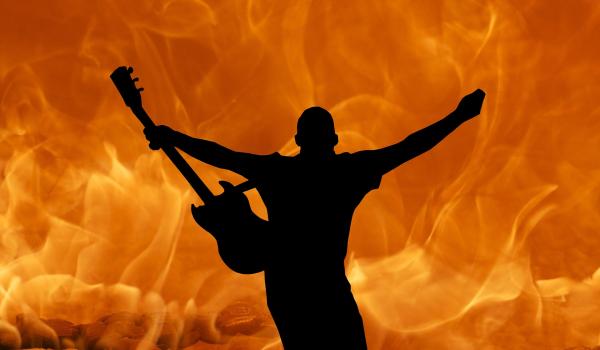“It's got a backbeat, you can't lose it
Any old time you use it
It's gotta be rock and roll music
If you want to dance with me”
Ah, the words of famed musician and citizen-scientist Chuck Berry. A recent study finds that Chuck Berry was so correct; the backbeat provided by the very low frequency of the bass can get us all up on the dance floor. For those who have been following my wandering into the science of music, the backbeat increases the groove of the music. There are some reasonable grounds for considering the role of very low frequency (VLF) sound because it is processed not only by our auditory system but by the vestibular and vibrotactile systems.
The experimental component of the study was straightforward. The researchers turned on and off “non-auditory low-frequency stimulation” (meaning the sounds were not audible) during a live concert and counted the dancers—no biomarkers, aggregates, or categories to obscure the data.
The VLF sounds were turned on and off every 2.5 minutes during a 55-minute live concert. The result, when the VLF was on dancing and other body movements among the audience, increased by 11%. When the participants were questioned after the concert, a statistically significant group “felt bodily sensations associated with bass frequencies during the concert, and that these were pleasurable and contributed to the urge to move.”
Interestingly, these sounds were, for the most part, subliminal; no one explicitly was aware that they were on or off. This suggests that unconscious connections get us moving when exposed to these low frequencies. Dancing, like playing music, seems to be an innate human quality.
Today’s take-home message. If you want your party to rock, turn up the bass.
Source: Undetectable very low-frequency sound increases dancing at a live concert Current Biology DOI: 10.31234/osf.io/qrgzt




